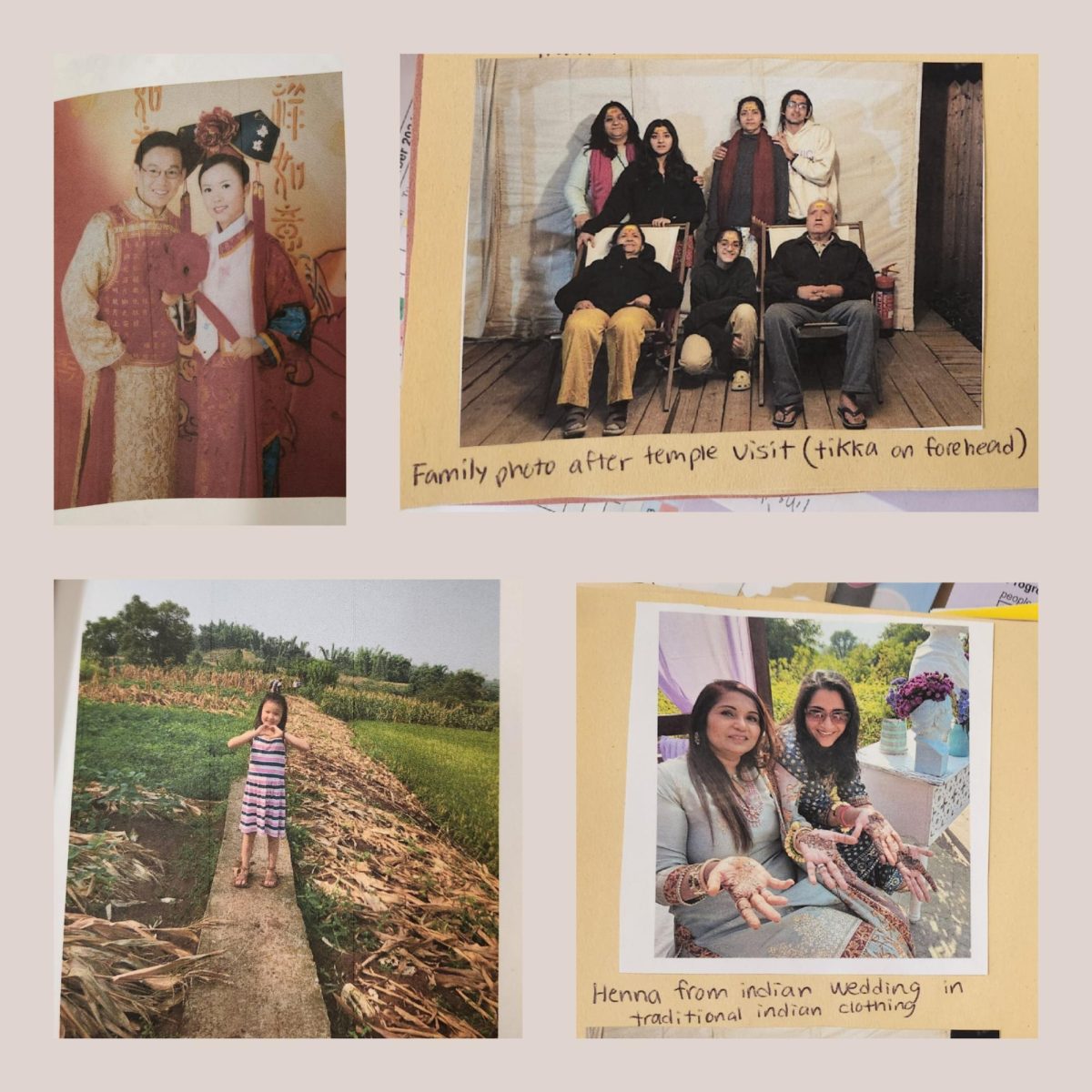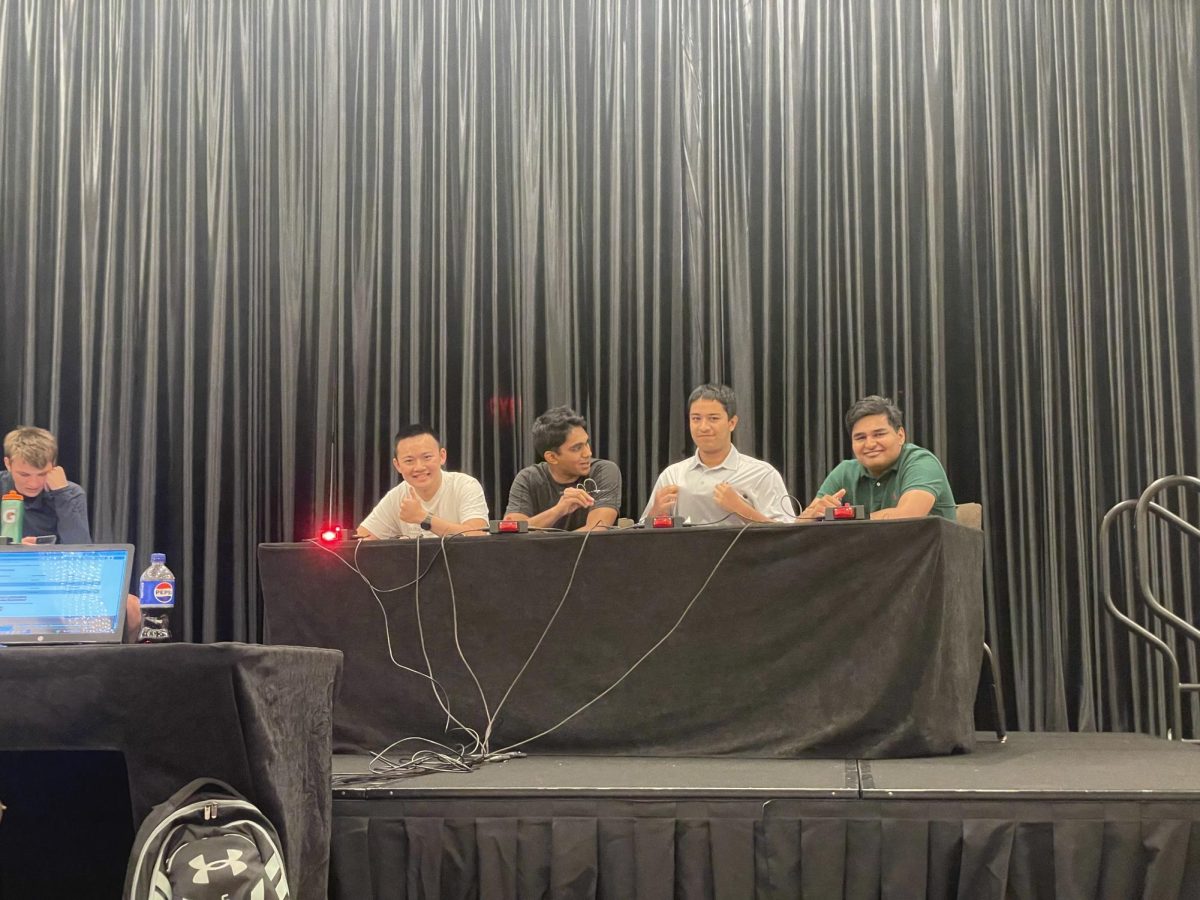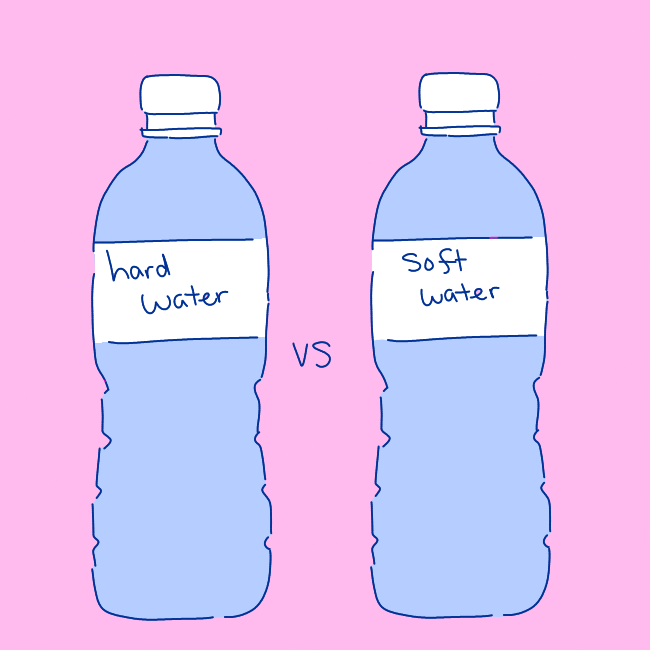Entering any Media Arts Program (MAP) history class some days, visitors can see students doing simulations that include donning a tuxedo to give a speech exhorting others to vote their political party or dressing as lawyers, witnesses and jury members, all taking notes on opening statements and witness cross-examinations.
Whilte these activities also happen in regular history classes, they tend to occur more regularly in their MAP counterparts.
Senior Samika Agarwal, the president of MAP’s student leadership group, pointed to in-class mock trials as being especially effective.
“The trial is a way to learn about concepts, people and events,” she said. “But it’s more interactive because we get to step into historical figures’ shoes and see who they were.”
She noted that the wide array of hands-on projects — including media projects, debates and simulations — are central to MAP.
“Having art integrated into all our classwork and homework is perfect because I’m gaining real-life skills such as collaboration in school itself,” Agarwal said. “The media arts component is really great.”
As student leadership president, Agarwal works with MAP teachers and coordinators to provide student input about the program and helps organize MAP events and fundraisers, such as MAP Social, Pie-looza and the end-of-year SMASH’N showcase.
English teacher Jason Friend, the current MAP curriculum coordinator, said the program allows him to work more interactively with students.
“I love teaching in MAP,” Friend said. “It is wonderful to teach in a small school environment where all of the students get to know one another well, and where I get to collaborate with teachers in different subject areas.”
Friend said the main curricular differences between MAP classes and regular courses are the interdisciplinary collaboration between English and History departments, a greater focus on media literacy and an emphasis on project-based learning.
For instance, he points out that MAP juniors have a combination lesson in History and English where they learn about Alexander Hamilton and analyze songs from the hit biographical broadway show to explore how the fictional work interprets and changes history.
According to Friend, the field studies also allow students to extend their learning beyond the classroom and to apply their skills in the wider world. For instance, in September, the MAP Seniors completed the MAP Amazing Race, in which they visited several sites of historical and literary significance in San Francisco while using the collaborative and leadership skills they’ve developed in the program.
Agarwal has seen how MAP teachers make the class more creative through engaging students with interactive projects and discussions instead of traditional lecturing — social justice topics are often incorporated into class through current events-based projects such as writing letters to the school board. She recalls that in MAP English 11 Honors, her teacher once divided students into groups to “be the teacher for a class” and explain The Namesake to their classmates, in lieu of lecturing on the book.
For senior Niveydh Pai — who participated in MAP every year except junior year — MAP is more work than regular classes before senior year because of the group work required outside of class for filming.
While regular classes might have more homework assigned every night, Pai found that MAP makes up for it with more projects.
“MAP is still about getting work done, but it has a community aspect, which is nice, because it’s fun and not necessarily just busy work,” Pai said.
Pai also noted that because English and History classes are more interconnected in MAP through joint classes in the Annex building, students are provided with a better perspective on how historical events relate to the content they are learning in other classes.
In his MAP English classes, he felt a greater degree of interactivity by learning a heavily media-based curriculum that involves analyzing real-world applications such as advertisements, videos and news graphics. While he discussed his emotions after watching films in MAP English, he had to memorize lines from Hamlet for his junior year regular English final.
“In my opinion, these aspects make MAP English more enjoyable than regular English, because I feel like regular English is like ‘alright, here’s a book, read it,’” Pai said.
In the same vein, Pai found MAP history classes to be more collaborative, through projects such as historical music video parodies and class-wide events like mock trials and debates. He recalls that researching for trials in his sophomore year helped him better understand the ideology of the historical figures he tried to impersonate, whereas regular history in his junior year involved “keeping his head down and finishing the assignments.”
Though he finds MAP to be more fun, he acknowledges that regular classes are suitable for people whose learning style tends toward reading the textbook, taking notes and preparing for tests, rather than relying on teammates to pull their weight in group projects.
Since returning to MAP for his senior year, Pai has enjoyed working with his classmates for his senior capstone project — a 10-minute film — and being around people who “feel like a family.”
“There’s always a kind of light at the end of the tunnel with MAP,” Pai said. “There’s always something to be done because you have this goal of creating a final [capstone project] in Media Arts.”
Junior Sophia Deng, who has been in both regular and MAP classes, has experienced the opposite of Pai in terms of workload.
“If anything, in MAP the teachers give less work and are more lenient,” Deng said. “Sometimes the big projects are more work, but you have a lot of time to do them, so for like two weeks you have a lot of work, then you just kind of slack off for the next two weeks.”
Deng said that if the media arts elective was not required, she likely would have stayed in the program. However, she believes changes such as permitting students to select their own groups in MAP would allow students to “trust our teammates and get less overwhelmed by a lack of participation from others,” and adding more interactive activities such as trials to the regular curriculum would make the class more enjoyable and engaging.
“I sometimes kind of regret dropping MAP because I liked how projects were weighted more than tests and we had more interactive activities rather than lectures,” Deng said. “But I really wanted a free period for junior year and I was tired of putting in extra time filming things outside of class, so I quit.”
Due to the MAP’s emphasis on collaboration and group work, Deng often found that her experience differed drastically depending on who was in her group.
The benefits of taking MAP were building connections with classmates and gaining teamwork skills, Deng said; on the other hand, she was sometimes stressed when forced to do extra work to make up for slacking teammates.
Both Deng and Agarwal pointed out the social environment that MAP provides is a plus for the program.
“The classroom environment in MAP is generally more relaxed, and the vibes are more similar to a club or extracurricular than a class,” Deng said. “It’s less formal.”
When Deng first joined MAP in her freshman year because of her mother’s encouragement to do so, she felt lonely because she did not know any friends in MAP. However, she gradually grew closer with her classmates in her sophomore year after spending three classes together every block cycle.
Agarwal had a similar experience: She said her highlight of high school was discovering a community through MAP. Despite the large time commitment and scheduling difficulties it presents, she believes the sacrifices are worth it.
Field trips present additional opportunities for student bonding: From going to Salinas to see the Steinbeck museum in her freshman year to exploring Oakland’s Rosie the Riveter museum as a junior, she has found that being with her friends was what ultimately made the trips enjoyable.
“You’re with the same people for three years, and while that doesn’t sound great at first, it’s actually really fun,” Agarwal said. “You become friends with everyone and despite differences in opinions and backgrounds, you become really close with them all.”
Because MAP classes take up about half her schedule, Agarwal finds it harder to get to know people outside of MAP, resulting in “the MAP kids” being known as their own cliques. Nonetheless, she still spends time with close friends and classmates in science and math classes as well as outside school.
Agarwal described MAP as an overwhelmingly positive environment that is “relaxed, open, engaging, interactive and free.” With supportive teachers with whom she feels she can talk casually, she said she has become more open and social.
“I am 100% happy with my decision to join the program — I love MAP and it’s the reason that I chose going to Saratoga over a private school that my parents wanted me to go to,” Agarwal said.


























